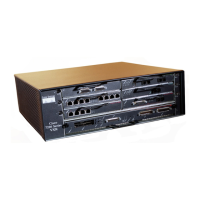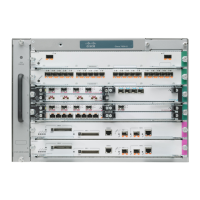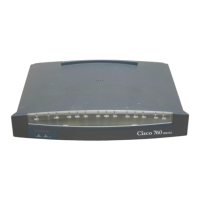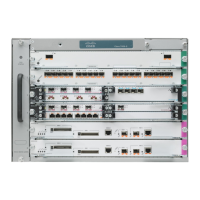3-21
Cisco uBR7200 Series Universal Broadband Router Software Configuration Guide
OL-2239-03
Chapter 3 Configuring Cable Modem Interface Features
Configuring the Upstream Cable Modem Interface
Minislot Size in number of Timebase Ticks is = 8
Minislot Size in Symbols = 64
Bandwidth Requests = 0xFE
Piggyback Requests = 0xD
Invalid BW Requests= 0x2
Minislots Requested= 0x2963
Minislots Granted = 0x2963
Minislot Size in Bytes = 16
Map Advance = 4000 usecs
UCD Count = 32964
DES Ctrl Reg#0 = C000C043, Reg#1 = 0
Setting the Upstream Channel Width
Use the commands below to enter the upstream channel width in hertz (Hz). For NTSC operations, valid
values are 200000 Hz (160 kilo symbols per second [ksps]), 400,000 Hz (320 ksps), 800,000 Hz
(640
ksps), 1,600,000 Hz (1280 ksps), and 3,200,000 Hz (2560 ksps). The default is 1,600,000 Hz.
If no acceptable channels of the specified width are found, the spectrum management card automatically
begins to scan the upstream spectrum for the next largest available channel width; for example, if the
spectrum management card is unable to find a usable 1.6
MHz upstream channel, it automatically begins
searching for usable 800
kHz channels.
Caution Higher symbol rates are more susceptible to RF noise and interference. If you use a symbol rate or
modulation format beyond the capabilities of your HFC network, you might experience packet loss or
loss of cable interface connectivity.
Note For QAM-16 channel widths of 400 kHz (320 ksps) or greater, Cisco recommends that you use QAM-16
modulation for long and short data, and that you use QPSK for request, initial, and station
communications. For QAM-16 channel widths of 200 kHz (160 ksps), all communication must be able
to use QAM-16. That is, 160 ksps with QAM-16 requires an exceptional signal-to-noise ratio (SNR) in
your upstream channels. When you use QAM-16 for request, initial, and station maintenance messages
with channel widths greater than 400 kHz, the QAM-16 preamble and message data take longer to
transmit than the QPSK format.
Note To set the upstream channel width, use the following commands in cable interface configuration mode.
For additional information about channel width and minislot size, refer to the Cable Radio Frequency
(RF) FAQs on Cisco.com.
Verifying Upstream Channel Width
To verify the current value of the upstream channel width, enter the show controllers cable command
for the upstream port you just configured. A sample follows below:
Router# show controllers cable5/0 u0
Cable5/0 Upstream 0 is up
Frequency 24.016 MHz, Channel Width 0.800 MHz, QPSK Symbol Rate 0.640 Msps
Command Purpose
Step 1
Router(config-if)# cable upstream usport
channel-width width
Enters the channel width for your upstream RF carrier in Hz.
Step 2
Router(config-if)# no cable upstream usport
channel-width
Returns the channel width to its default setting of 1,600,000 Hz.
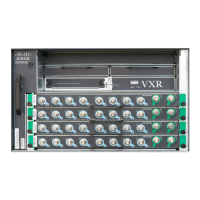
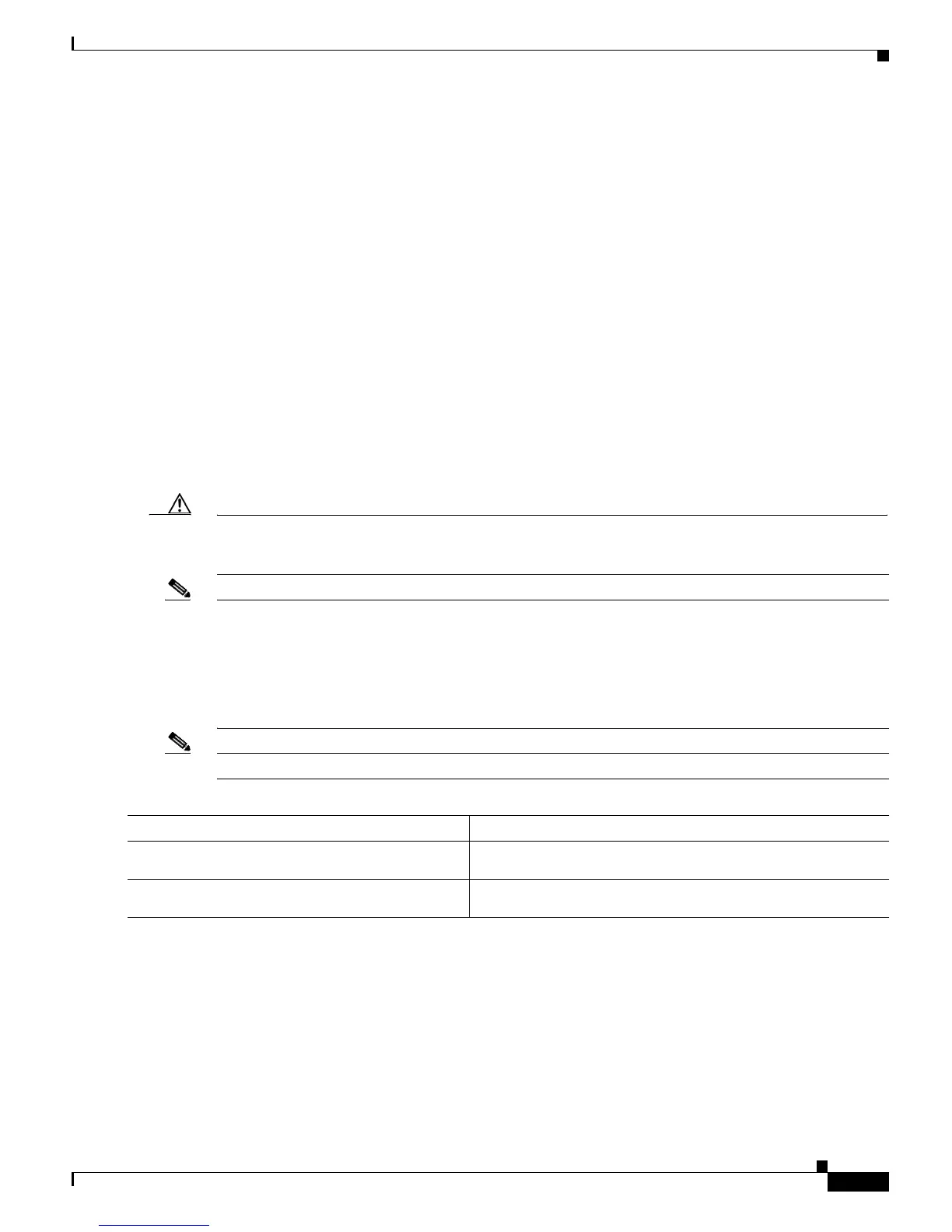